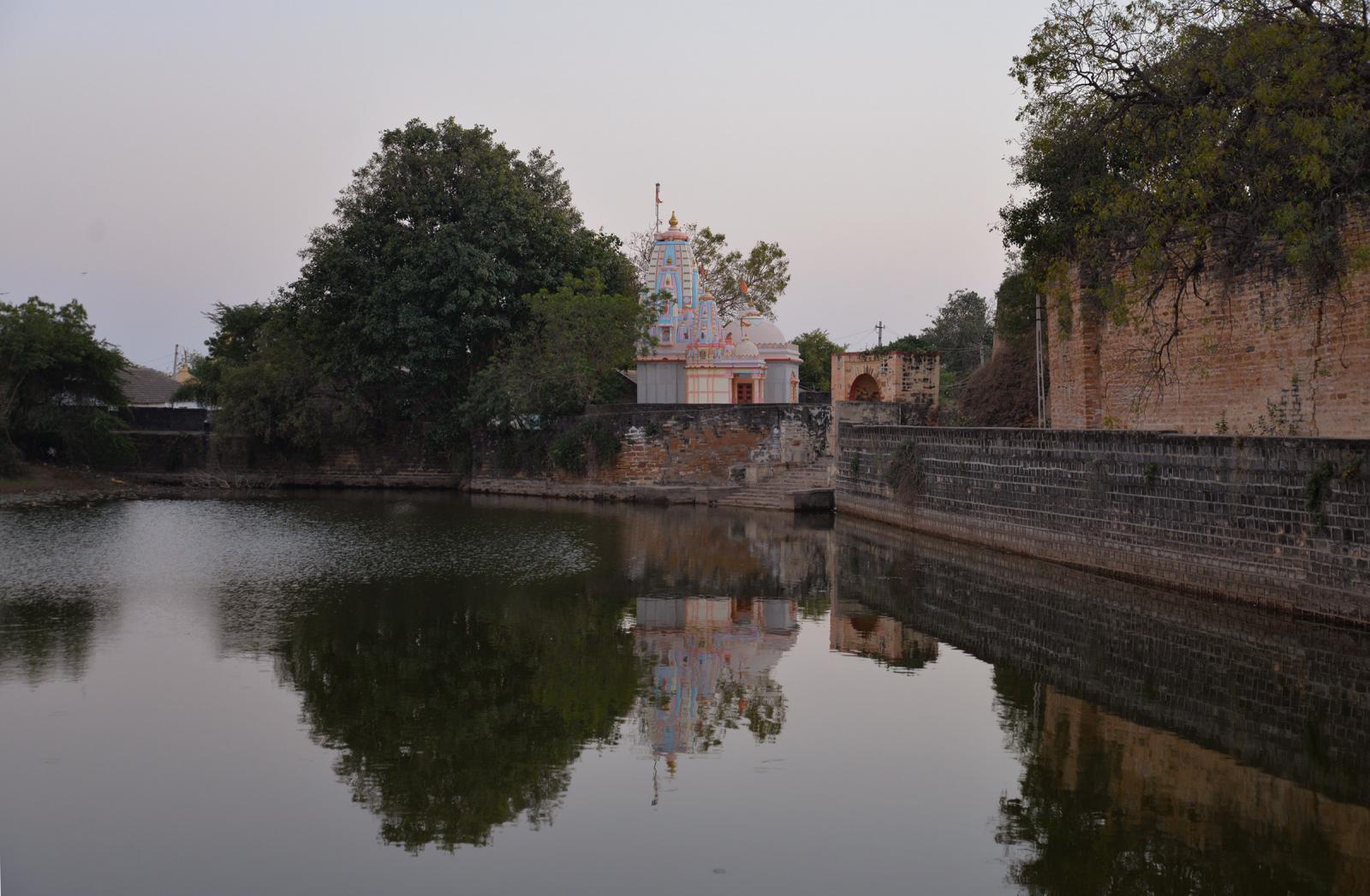Preserving our built and written heritage
Date
27th January 2023
Many of us may have spent time at the Kutchi Haveli on the Somaiya Vidyavihar campus, or even the building at the K J Somaiya College of Physiotherapy in Somaiya Ayurvihar. Both these structures have been built using 'recycled' parts of buildings that were removed to make way for modern construction in the areas where they were located. They represent a wonderful aesthetic that shows our earlier sensitivity to art and architecture.
My family comes from the village of Tera in Kutch. Temples, a Derasar, a Mosque and even a small fort. Outside homes, there is often a stone vessel where families may keep food for passing cows, dogs and cats.
Tera also has three lovely water tanks. One for drinking water, another for bathing and one for washing clothes.
And a lovely step well.
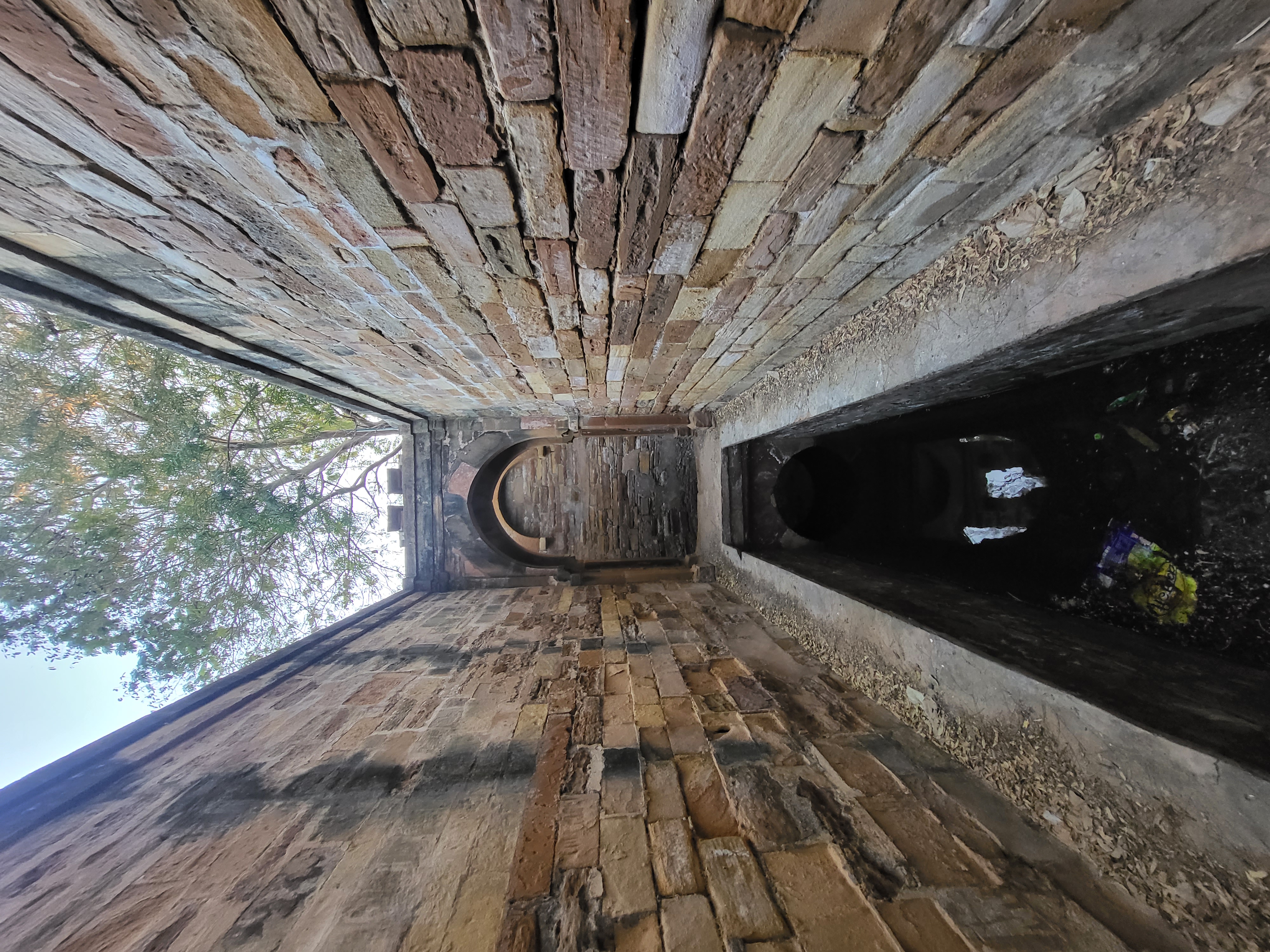
Many villages in Kutch still retain buildings that have their old architecture. I typically visit once or twice a year. On every visit, I see an old house that does not exist anymore. Or an old practice that is forgotten (the street that leads to our home now has a gate on it, to prevent cows from coming in - even though there are still the stone vessels that were once created to feed them). With these changes or loss goes the memory of a past aesthetic, of past methods of construction, of ways of living, and so much more. What can one do?
On one such visit to Tera, I asked the Sarpanch whether the village had a library. The Sarpanch mentioned that there once was a library, but he did not believe that anyone had even opened it in many years. Libraries are windows to the world. Of the past, present, and dreams into the future. Books of various times, places and languages transport us to a wider world that we may not otherwise have an opportunity to visit.
Putting these two thoughts together, I asked whether there were any homes that were in a dilapidated condition that we could adopt and convert into village libraries. And we did. So we worked hard to restore this place and put together our first सोमैया पुस्तकालय in Kutch. And it has become a wonderful place. Used by children and adults alike. https://goo.gl/maps/WWXUZbFcpNMZKjr58
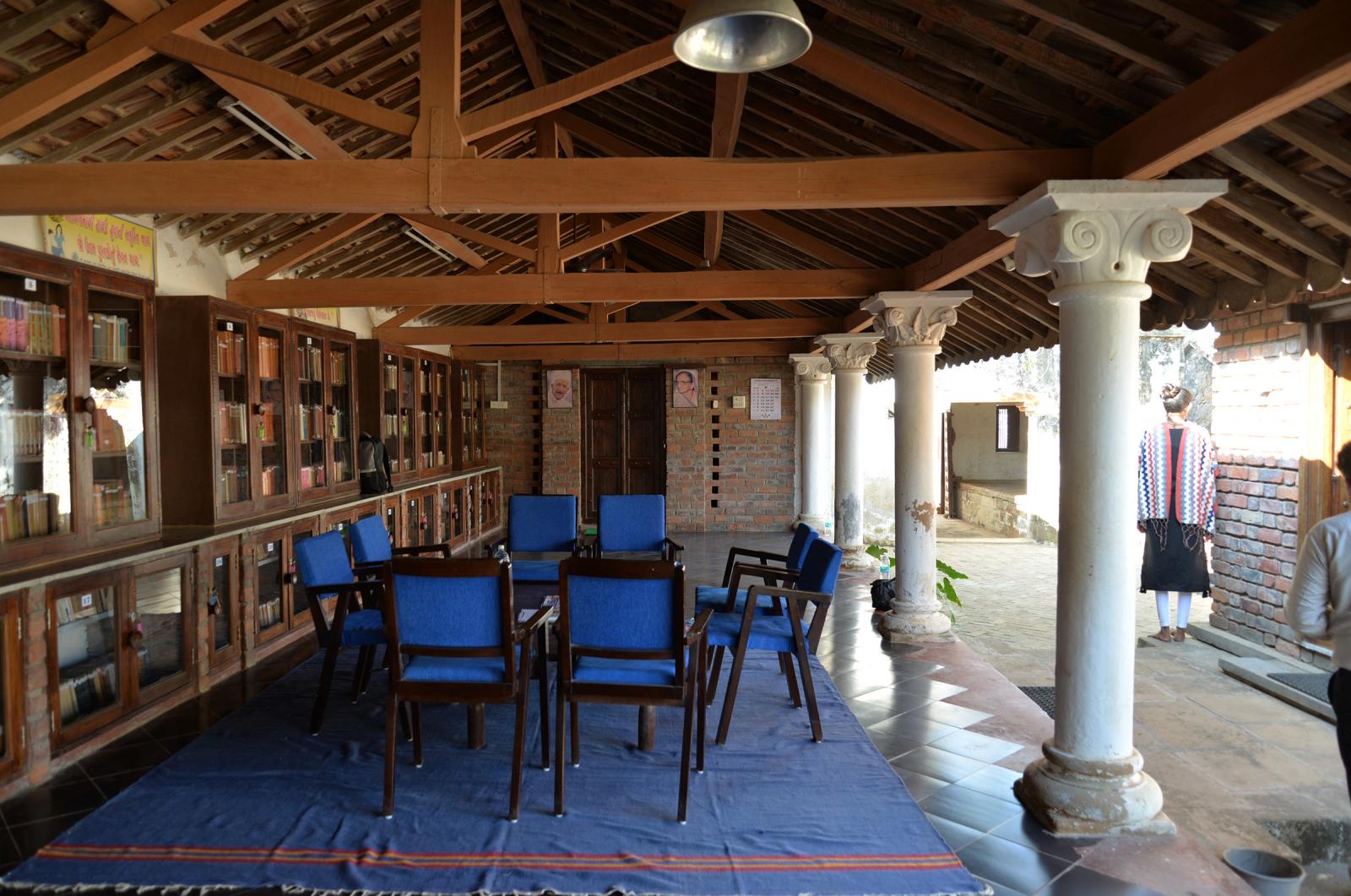
And then we started on our second - in Roha. We came across a place that was falling apart. https://goo.gl/maps/NmjaANHSR8MuGwS58
The owner of the place also allowed us to adopt his place and we started working on this two years ago. Last weekend, we inaugurated it and once again dedicated the space as a library for the village. A young girl I met there who was only 11 years old had started coming to the library even before inauguration, began reading books, and retelling the stories to her classmates. How amazing!!
.png)
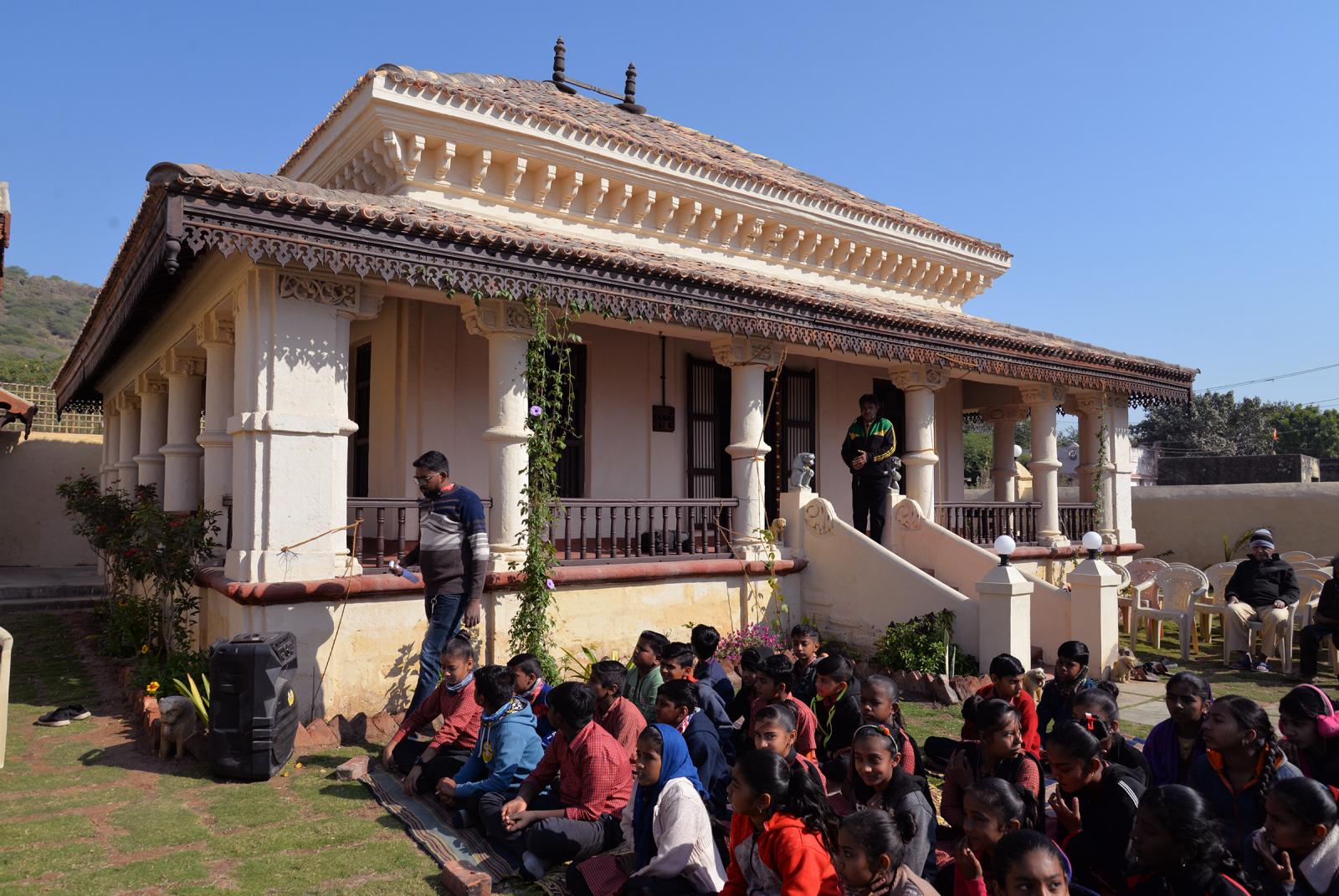
Donors have given us books. Many of them are in Gujarati. These are not read much in Mumbai, but it is the language of instruction in Kutch. In Tera, the librarian showed me a book that was published in 1903. Wonderful literature. Literature that we must also read in addition to current literature.
I think that in this effort, there are many learning opportunities. The preservation of an old aesthetic. In Europe when we travel, we marvel at the beauty of the old buildings and of their villages. In a modern Indian village, there are no remnants of our history. The ability to build and construct in an old style, to understand the pros and cons of those materials and methods as compared to what we are taught now has to remain alive. Only then can we adapt to our context and climate. And these have to be brought into our curriculum.
We have started building a campus in Adipur Kutch to understand these methods. Of masonry, or woodworking, and to create a place for the teaching of design to master craftsmen and women. But more on that initiative in another email. But here I would like to show some images of the new campus we are building, with that old aesthetic in Kutch.
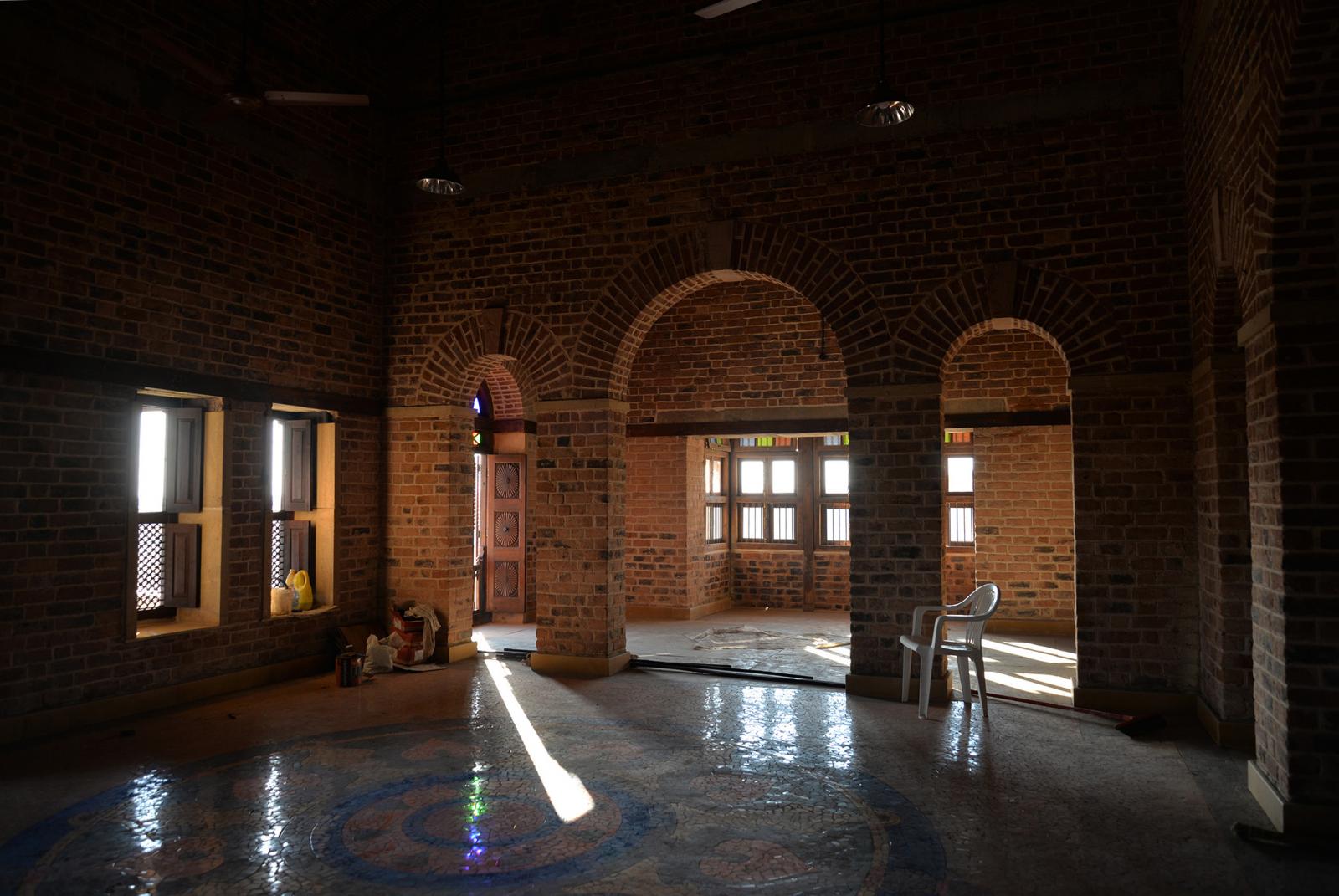
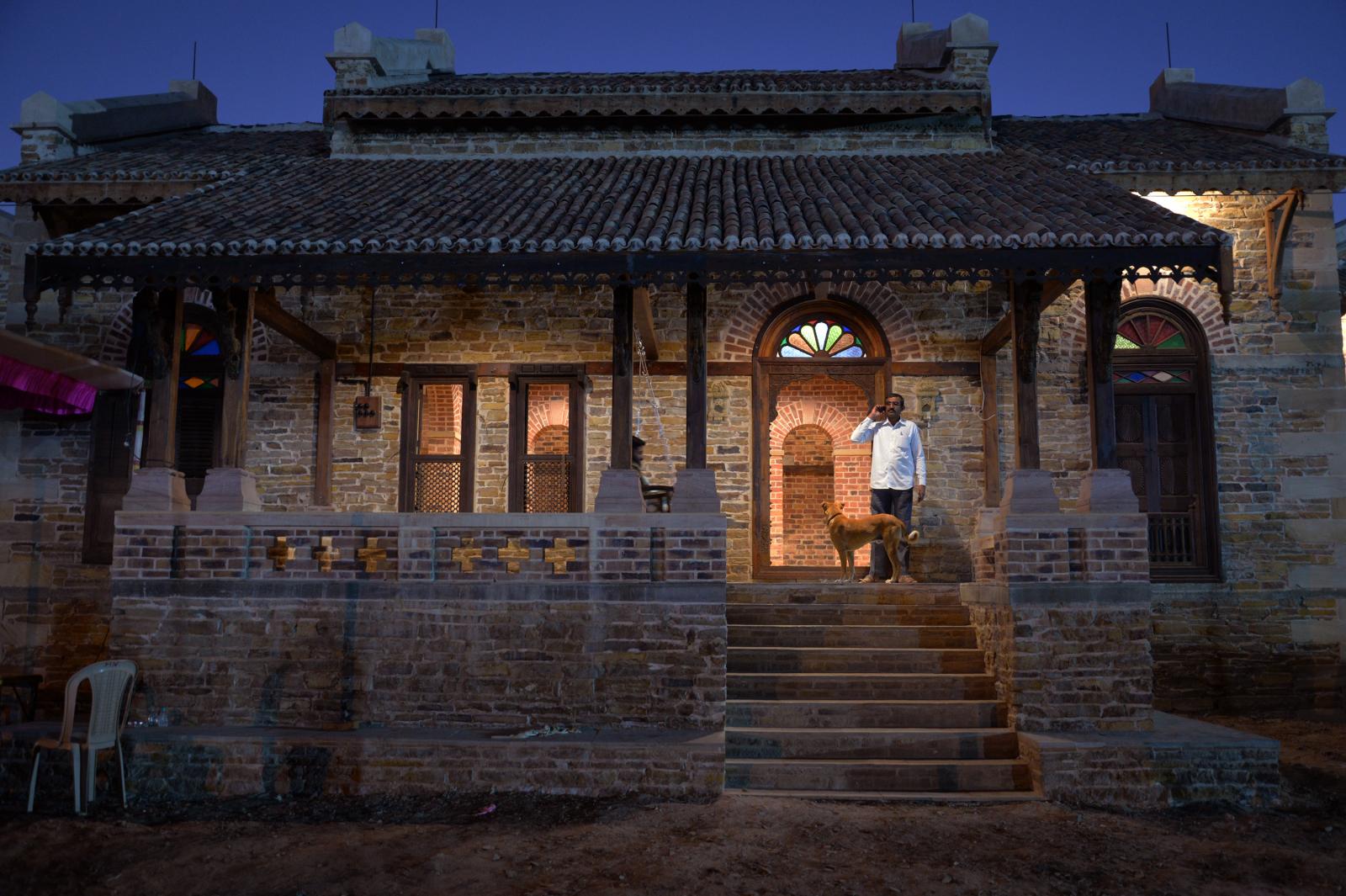
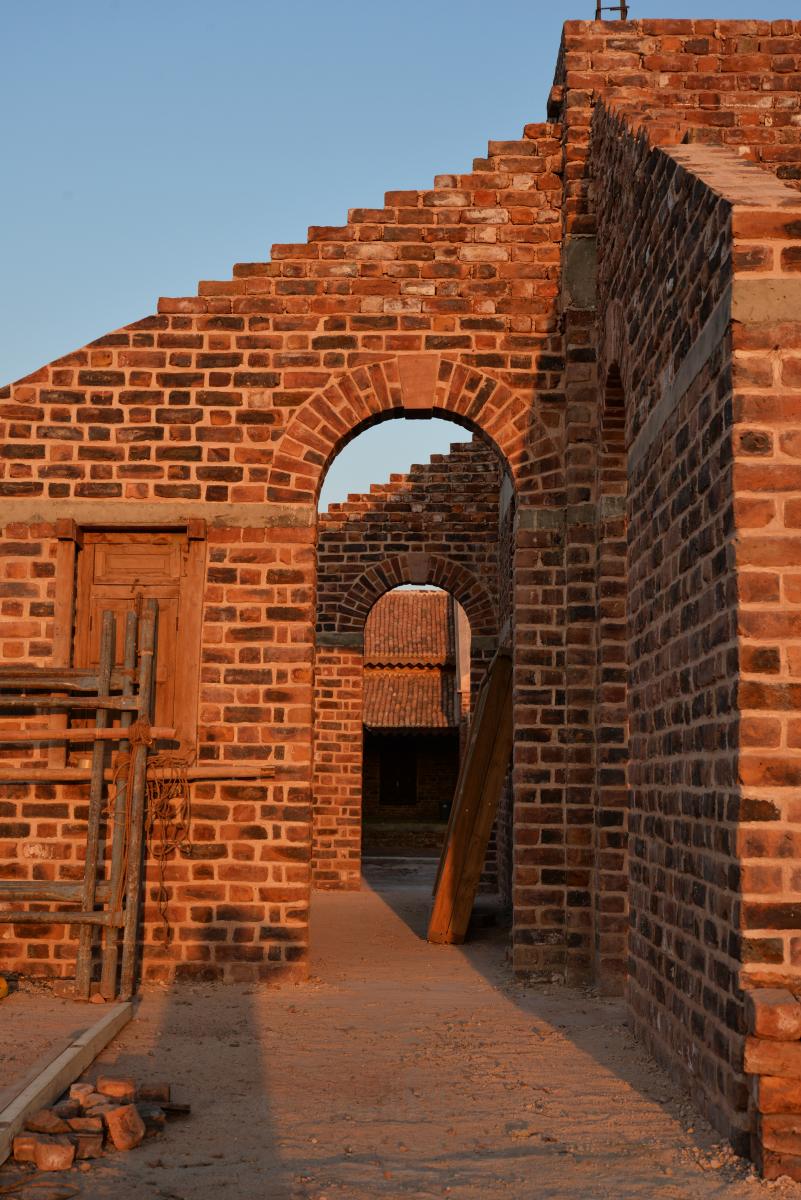
Other places in these villages are becoming available to us for additional 'public' uses. We are contemplating the restoration of these spaces either for the making of tinkering labs and/or spaces of primary health. Tinkering labs will be an interesting initiative. To restore an old place of the past to catalyse a thinking place to invent the future. Our shared heritage and our common tomorrow.
With the hope of a more beautiful tomorrow.
See More Writings
-
Somaiya Sports Academy - Eklavya
28th March 2024
-
On Opportunity and the difference a Goat made
28th February 2024
-
गाथा - Storytelling Festival
16th February 2023
-
My City, My College
29th March 2015
-
81st Foundation Day
28th December 2022
-
On being conferred the 'Knight of the Order of the Star of Italy'
22nd October 2022
-
64th Foundation Day
9th September 2022
-
पुन्य तिथि of Sakarben Somaiya 18 July 1995
21st July 2022
-
On Building Peace - In Memory of Dr. Shantilal Karamshi Somaiya
1st January 2022

